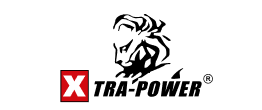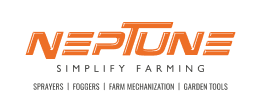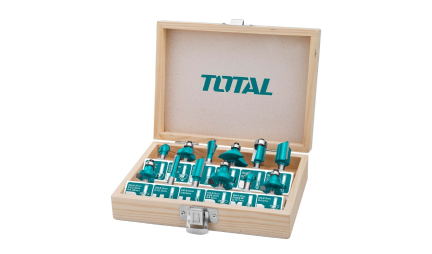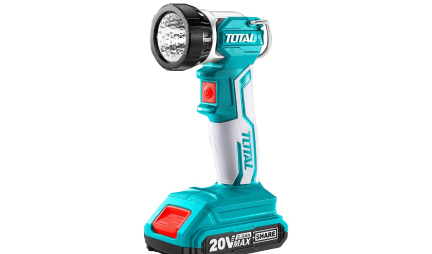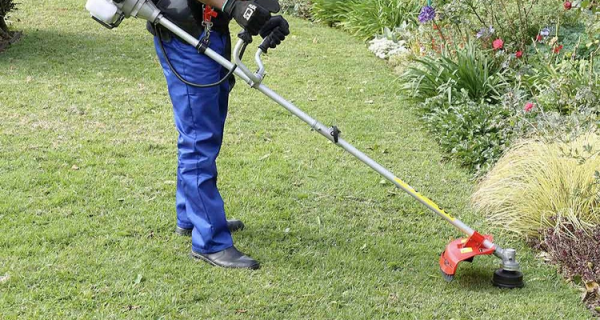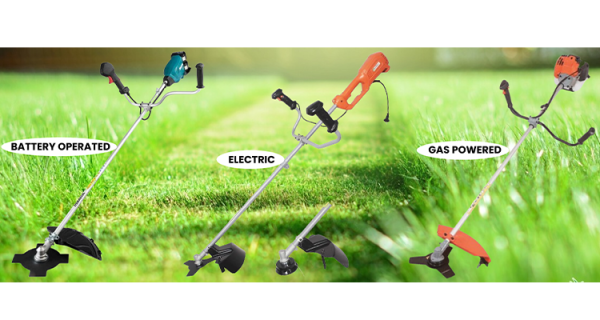Newsroom
The Ultimate Guide to Brushcutters: From Backyard Gardens to Professional Landscaping
Introduction
Brushcutters are versatile and powerful tools designed to handle tough vegetation, from thick grass and weeds to small trees and shrubs. Whether you’re a homeowner, a professional landscaper, or a farmer, this guide will help you choose the right brushcutter, use it safely and effectively, and maintain it for long-term use.
Types of Brushcutters
Understanding the different types of brushcutters is crucial for selecting the right one for your needs.
- Handheld Brushcutters
- Gas powered: Offers high power and mobility, ideal for large areas and heavy-duty tasks.
- Electric: Quieter and lighter, best for small to medium-sized gardens.
- Battery-operated: Combines the benefits of electric and gas-powered models, providing mobility without emissions.
- Walk-behind Brushcutters
- These are designed for clearing large areas with dense vegetation. They are easier to maneuver on rough terrain and reduce operator fatigue, making them perfect for extensive gard
- en maintenance and light agricultural work.
- Tractor-mounted Brushcutters
- Perfect for agricultural or commercial use, these powerful machines attach to tractors for clearing vast expanses of land efficiently. They’re ideal for farms, large estates, and municipal work.
Key Features to Consider
When selecting a brushcutter, consider the following features to ensure you get the best tool for the job:
- Engine Power and Type
- Choose between two-stroke and four-stroke engines based on your power needs and environmental considerations. Two-stroke engines are typically lighter and more powerful, while four-stroke engines are more fuel-efficient and produce fewer emissions.
- Cutting Width and Blade Type
- Larger cutting widths cover more area quickly, while different blade types (metal, nylon, etc.) handle various vegetation types. For example, metal blades are great for tough, woody plants, while nylon strings are suitable for grass and light weeds.
- Comfort and Ergonomics
- Look for adjustable handles, anti-vi
- bration systems, and harnesses to reduce strain during prolonged use. These features are especially important for professionals who use brushcutters for extended periods.
- Weight and Balance
- Lighter models are easier to handle, but ensure they have a good balance for efficient operation. Proper balance reduces fatigue and increases precision in cutting.
How to Use a Brushcutter Safely
Safety is paramount when using a brushcutter. Follow these tips to ensure a safe working environment:
- Wear Protective Gear
- Use safety goggles, gloves, ear protection, long sleeves, and sturdy boots. A face shield can also protect against flying debris.
- Inspect the Area
- Remove any debris or obstacles that could cause accidents or damage the brushcutter. Look out for rocks, wire, or other hidden hazards.
- Proper Starting Technique
- Follow the manufacturer’s instructions for starting the engine, and always start on a flat surface. Ensure the cutting attachment is clear of obstructions.
- Correct Operating Posture
- Maintain a firm grip, keep a balanc
- ed stance, and use smooth, controlled motions. Avoid overreaching and keep your feet firmly planted.
- Regular Breaks
- Take breaks to prevent fatigue and reduce the risk of accidents. Stay hydrated and rest periodically.
Maintenance Tips for Longevity
Proper maintenance ensures your brushcutter remains in
- Regular Cleaning
- Remove grass, dirt, and debris from the blade, guard, and engine area after each use. Clean the air filter regularly to ensure optimal performance.
- Sharpening the Blade
- Keep the blade sharp for efficient cutting. Replace or sharpen it as needed, depending on usage frequency and the type of vegetation you’re cutting.
- Checking and Changing the Oil
- For gas-powered
- models, regularly check the oil level and change it according to the manufacturer’s guidelines. This is crucial for four-stroke engines.
- Fuel Management
- Use fresh fuel and the correct oil mixture for two-stroke engines. Store fuel in a clean, airtight container to prevent contamination.
- Inspecting and Replacing Parts
- Regularly check the air filter, spark plu
- g, and other components. Replace worn-out or damaged parts promptly. Keeping spare parts on hand can reduce downtime.
Conclusion
A brushcutter is an indispensable tool for maintain
- ing large gardens, farms, and other properties with heavy vegetation. By choosing the right type, using it safely, and maintaining it properly, you can ensure efficient and effective brush clearing for years to come.
- top condition and extends its lifespan.






